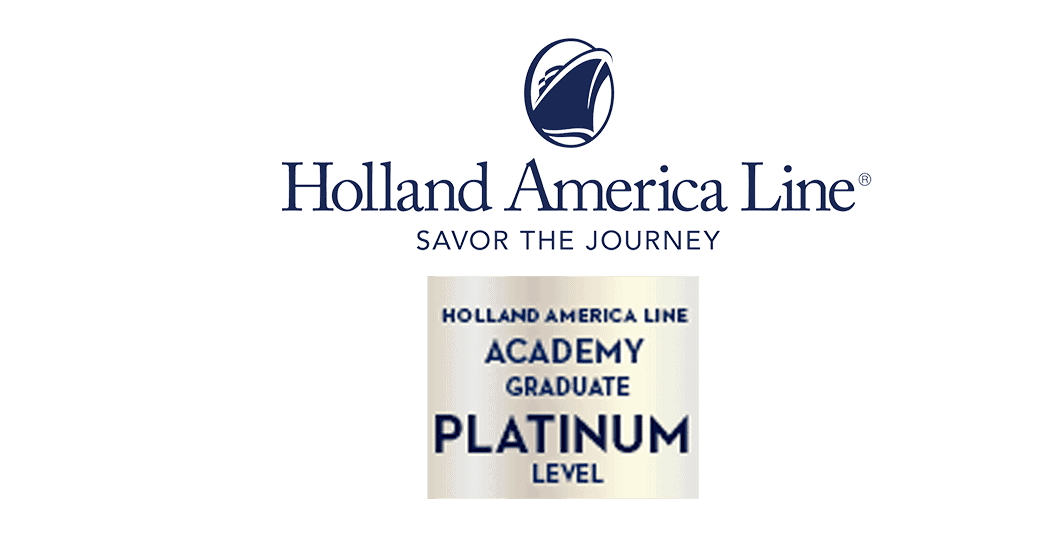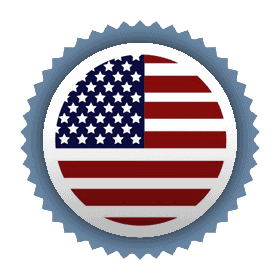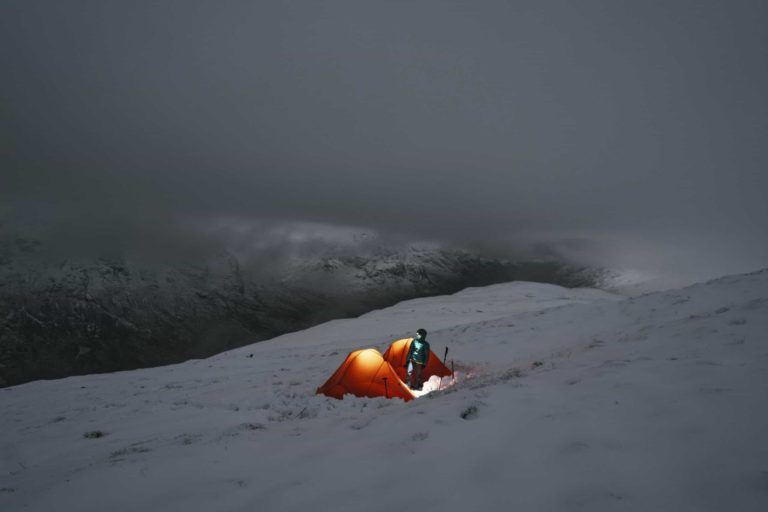
Camping In Antarctica
Camping in Antarctica At 67° 51’ South, 67° 12’ West latitude, along the western coast of Graham Land, Antarctica, is
With an area of 29 square miles (75 square kilometers), Huahine is part of the Leeward group of the Society Islands. It is located 108 miles (175 km) northwest of Tahiti and is largely a tropical jungle divided into two parts: Huahine Nui (big) and Huahine Iti (small), and connected by a bridge. Combining these two sections, the island measures 10 miles (16 km) in length, and only 8 miles (13 km) at its widest point. Its name, Huahine, is a variation of the Tahitian name vahine, meaning woman.
When Lt. James Cook arrived at Huahine in 1769, the island was under the rule of Pomare II on Tahiti. Huahine resisted French rule for a long time. After some 40 years of skirmishes, the regent Marama signed a document in 1888 establishing the French Protectorate. France's annexation of Huahine was announced in 1897, but French citizenship was not granted to the islanders until 1946.
Huahine is the easternmost of the Leeward Islands. It is made up of two mountainous islands separated by Maroe Bay and Port-Bouraigne Bay. Both were formed by an ancient volcano whose center collapsed, allowing the ocean to enter. The edges of the remaining volcanic cone created a chain of peaks, the highest of which are Mt. Turi, with a height of 2,195 feet (669 meters), and Mt. Puhuerei, with a height of 1,496 feet (456 meters).
As one of the least developed of the major islands of French Polynesia, there are few hotels or resorts. Spending time here, one starts to get a feel of what life may have been like in this part of the world before the onset of tourism. Of the roughly 6,000 inhabitants, the majority of the locals support themselves through fishing and small-scale farming. The main crops are coconuts, vanilla, and melons.
The town of Fare is the administrative capital of the island, and is the only real town on the entire island. Oddly enough, the largest supermarket in all of French Polynesia, the Super U Fare Nui, is located here.
The island’s main restaurant, and only bar, the Huahine Yacht Club, is also in Fare. The Poisson cru, which is a traditional Tahitian national dish, is one the highlights on the menu. It consists of raw tuna, lime juice, various vegetables, and coconut milk. It is also known as ia ota or e'ia ota, which means raw fish.
On our second day, we booked a car and driver and made our way to both halves of Huahine.
We began our excursion at a Vanilla plantation. We learned that the vanilla bean can only be produced within 20° of the equator, with most of it coming from Madagascar and Réunion in the Indian Ocean. However, the Tahitian vanilla, known as the Vanilla tahitensis is a unique species in that it has a thinner stem, oval leaves that are longer than they are wide, and a darker green color. Tahitian vanilla production is an extremely labor-intensive process that results in small crops. Nearly 80% of Tahitian vanilla beans are grown on the small island of Taha’a located in the Society Islands about 150 miles east of Tahiti. The Tahitian vanilla bean is one of the most costly and valuable spices in the world, second only to saffron.
Our next stop was at the Fare Pote’e Eco-Museum in the Maeva district, the old capital of Huahine. This area was also the spiritual center of not only Huahine, but of the surrounding islands. Along with Easter Island and Raiatea, Huahine ranks as one of the three most important islands for Polynesian archaeological sites. Here, the ancient chiefs built a series of maraes, or temples, on the shores of Lake Fauna Nui.
Once the home of Tahitian royalty, Huahine is considered the cradle of Polynesian culture. The island maintains the largest concentration of ancient marae in French Polynesia, some of which are believed to date back to the original ancestors of the Tahitians, the Lapita people around 700 AD. The oldest populated sites date between 850-1100 AD. Huahine has some 280 archeological structures that have survived. These include remains of dwellings, horticultural developments, religious and ceremonial monuments.
According to legend, eight chiefdoms were created by Princess Hutuhiva, who had fled to Huahine from Raiatea hidden in a musical drum. The Manunu marae was built on the place where she first set foot on Huahine. The island’s political division is best demonstrated at the Matairea Rahi marae, where eight stone backrests symbolize the place where the eight chiefs had the right to sit.
Our next stop was at Faaie Village on the east side of the island, about 2 miles from Maeva. We stopped at a stream to observe a group of eels. What makes them fascinating to observe is that they have blue eyes. They are also blind and only live in this particular river in Huahine as well as a small number of other streams around French Polynesia. The eels are considered sacred, carrying the spirits of the dead islanders.
From there, the road starts to climb steeply up the slope of Mount Turi, the highest point on Huahine. About halfway up the mountain, we arrive at Belvedere Lookout Point (same name as the one on Moorea). From here, we can the incredible views of Maroe Bay and Huahine Iti to the south. It is easy get a sense of just how wild and sparsely populated the island is. Driving down towards Maroe Bay, we reach the southern point of Huahine Nui. Here, a few hundred yards of water separate the island from its smaller, sister island, Huahine Iti. During low tide, a sandspit connects the two together. But during high tide, ocean water sweeps in and separates the two. To solve this problem, the longest bridge in French Polynesia was constructed to connect the two islands. The bridge spans a distance of about 300 feet (91 meters).
Huahine Iti has 14 miles (20 km) of paved road that circles the island. There are a few magasins (grocery stores). The interior of the island is densely wooded and jungle-like. Only four small towns occupy this area – Maroe, Tefarerii, Parea, and Haapu.
It would not be an overstatement to say this island is absolutely amazing. It is off the main tourist circuit, allowing it to remain mostly undisturbed. The roads are mostly empty and there are very few activities to do, which is a nice respite and provides both isolation and relaxation. Huahine deserves its nickname as the Garden of Eden Island as it is one of the most naturally beautiful places anywhere in the world.
Did you know the world’s first overwater bungalows were introduced in the 1960s on the French Polynesian island of Moorea? If you would like experience what it’s like to stay in one of these bungalows on some of the many islands of this region, or take in the charm and culture of Huahine, head over to our French Polynesia page and find your own dream adventures in this part of the world.

Camping in Antarctica At 67° 51’ South, 67° 12’ West latitude, along the western coast of Graham Land, Antarctica, is
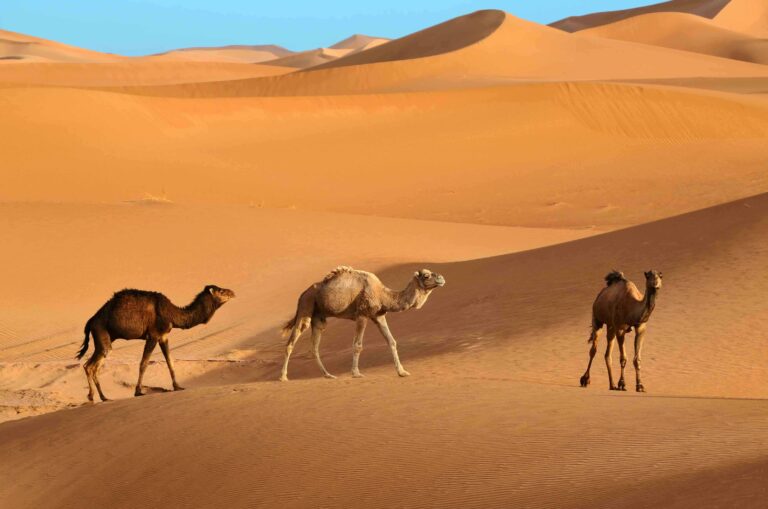
A Night of Sand and Stars in Morocco When someone mentions the Sahara Desert, images of wind-swept sand dunes rising
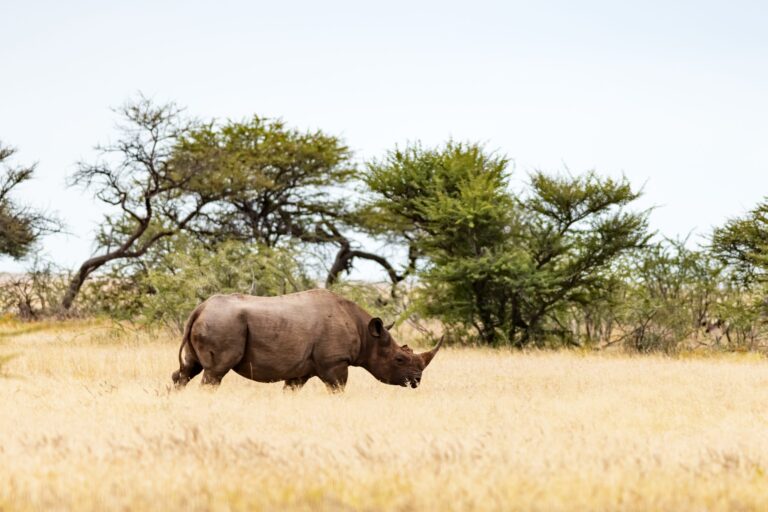
Tracking Rhino’s in a South African Game Reserve In 1935, the famed American novelist and world traveler, Ernest Hemingway published his







